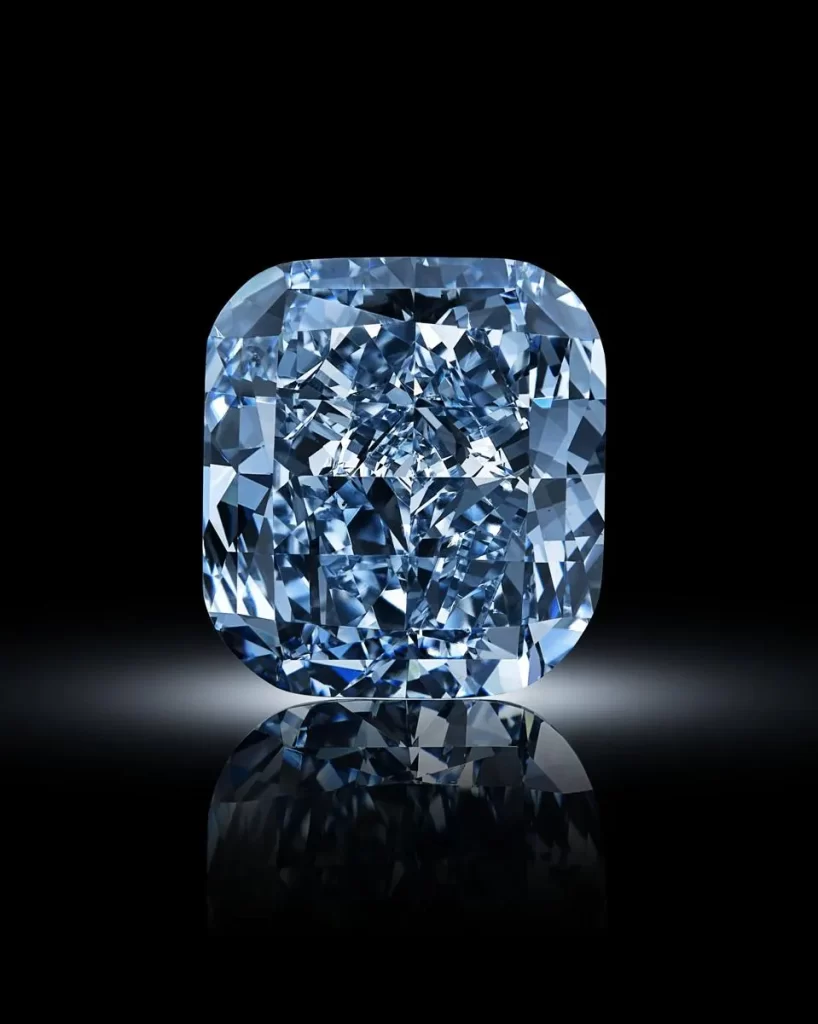
Koidu Limited, Sierra Leone’s largest diamond producer, has halted operations and laid off nearly its entire local workforce of more than 1,000 employees following a protracted dispute over pay and working conditions.
Workers at the mine went on strike in December 2024 but suspended their walkout to allow negotiations. They then walked out again in early March.
The firm, a subsidiary of Octea Limited, was founded by Israeli billionaire Beny Steinmetz’s BSG Resources.
Charles Kainessie, president of the Koidu Limited Workers’ Union, told Reuters that only a small number of workers were still employed at the company’s head office in Freetown.
Sierra Leone’s labour ministry has received copies of summary dismissal letters for more than 1,000 employees, it said in a statement on May 6.
Kainessie told Reuters that workers had only been receiving 30% of the value of their salaries because they were pegged to the US dollar but paid in the local currency, and the company was using an exchange rate from 2016.
He also said workers lacked access to adequate toilet facilities and drinking water.
Koidu Limited declined to comment on the allegations. Its head of corporate affairs, Ibrahim Turay, said he was “restricted from making any comments on the issue for now”.
The shutdown could impact global diamond markets, already facing supply constraints from major producers, including India. Koidu Limited’s exports are around $100 million, according to industry sources.
First Lady
Koidu has accused Sierra Leone’s First Lady, Fatima Bio, who hails from the area where Koidu operates, of fanning the flames of the dispute.
Fatima Bio visited the area after the walkout in March and addressed the workers, criticizing the firm in remarks the company has rejected as false.
Following her visit, she said in a social media post that Koidu had been “unjust to the workers for far too long”.
Gustaf Fredrik Bodin, a Koidu Limited director and its general counsel, responded in a May 6 letter addressed to Fatima Bio accusing her of unlawful interference, incitement, defamation and causing damage to Koidu Limited and Octea Limited.
Neither the First Lady nor her office responded to Reuters‘ requests for comments on Koidu’s accusations and threat of legal action.
The letter, seen by Reuters, said Koidu Limited had suffered financial losses exceeding $16 million from the strike, and that it would need $20 million to restart operations.
It demanded a public retraction from Fatima Bio for her statements and a written commitment that she will make no further threats against the company.
Sierra Leone Information Minister Chernor Bah told Reuters that “everything is being done to resolve the impasse.”
Source: Mining.com













